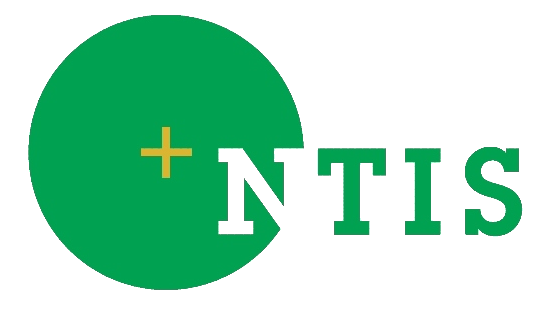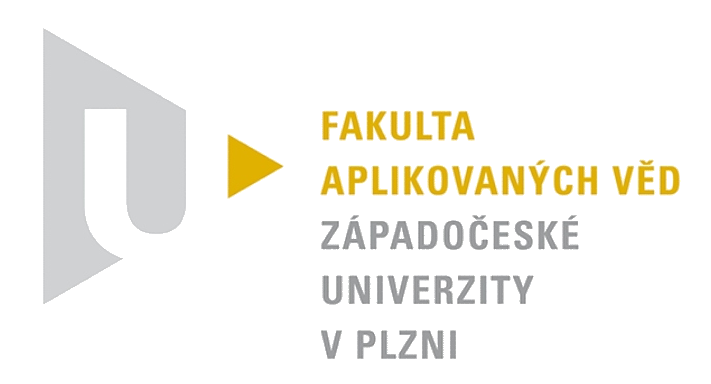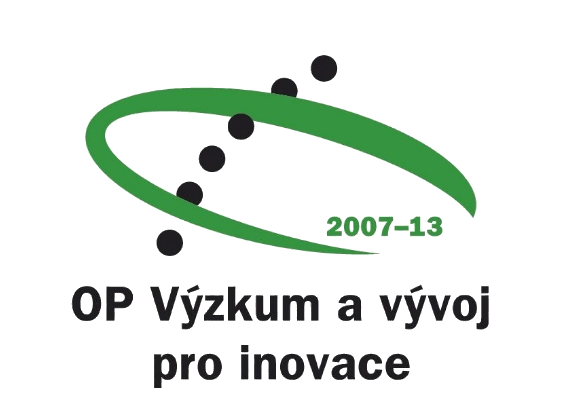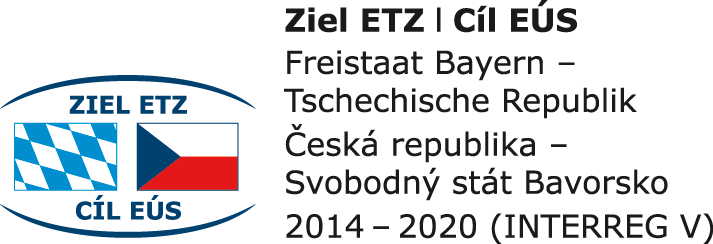
Neuroinformatics - Data management and analytic tools for EEG/ERP research
Brain research is currently a rapidly growing scientific field. Large amounts of data, various data formats and non-standardized domain descriptions lead to incompatible results and interpretations of neuroscientific data and to difficult communication between laboratories and scientific teams. Neuroinformatics, a newly established scientific field, provides integration across all levels and scales of neuroscience. Our research group has contributed to the building of a neuroinformatics infrastructure by developing and integrating data management and analytic tools for EEG/ERP (electroencephalography, event-related potential) research.







